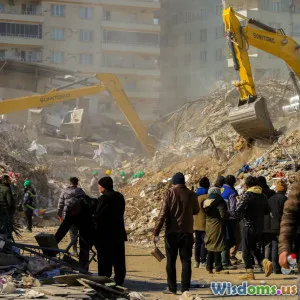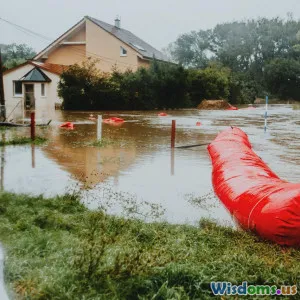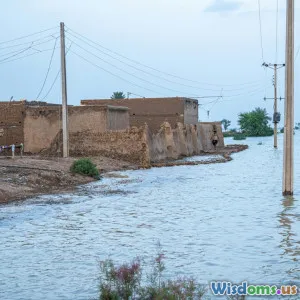
What Most People Get Wrong About Flood Evacuation Plans
13 min read Uncover common misconceptions about flood evacuation plans and how to create a truly effective strategy for safety. (0 Reviews)
What Most People Get Wrong About Flood Evacuation Plans
Floods rank among the most devastating natural disasters worldwide, yet misconceptions about evacuation planning persist in communities and households. People often underestimate the risks, ignore subtle warning signs, or assume official plans are foolproof. Unfortunately, these misunderstandings can lead to confusion and danger when floodwaters rise. Here, we explore the most common mistakes people make about flood evacuation plans—plus pragmatic steps you can take to avoid them.
Overconfidence in Local Topography and Past Experience

Many residents believe their area is immune to flooding because it "never happens here," or because their property sits on slightly higher ground. Local topography can indeed influence flood risks, but relying on past experience is a perilous strategy. In 2019, historic floods swept through parts of the Midwest USA that hadn't experienced major flooding in over 50 years. Local knowledge is valuable, yet climate patterns are shifting, rain events are intensifying, and urban development is altering water flow in surprising ways.
For example, a suburb in Houston that was previously thought safe saw catastrophic flooding during Hurricane Harvey because nearby reservoirs overflowed, not because a river directly burst its banks. Therefore, the number one mistake: trust facts and forecasts over assumptions and anecdotes.
Misinterpreting Official Evacuation Orders or "Voluntary" Warnings
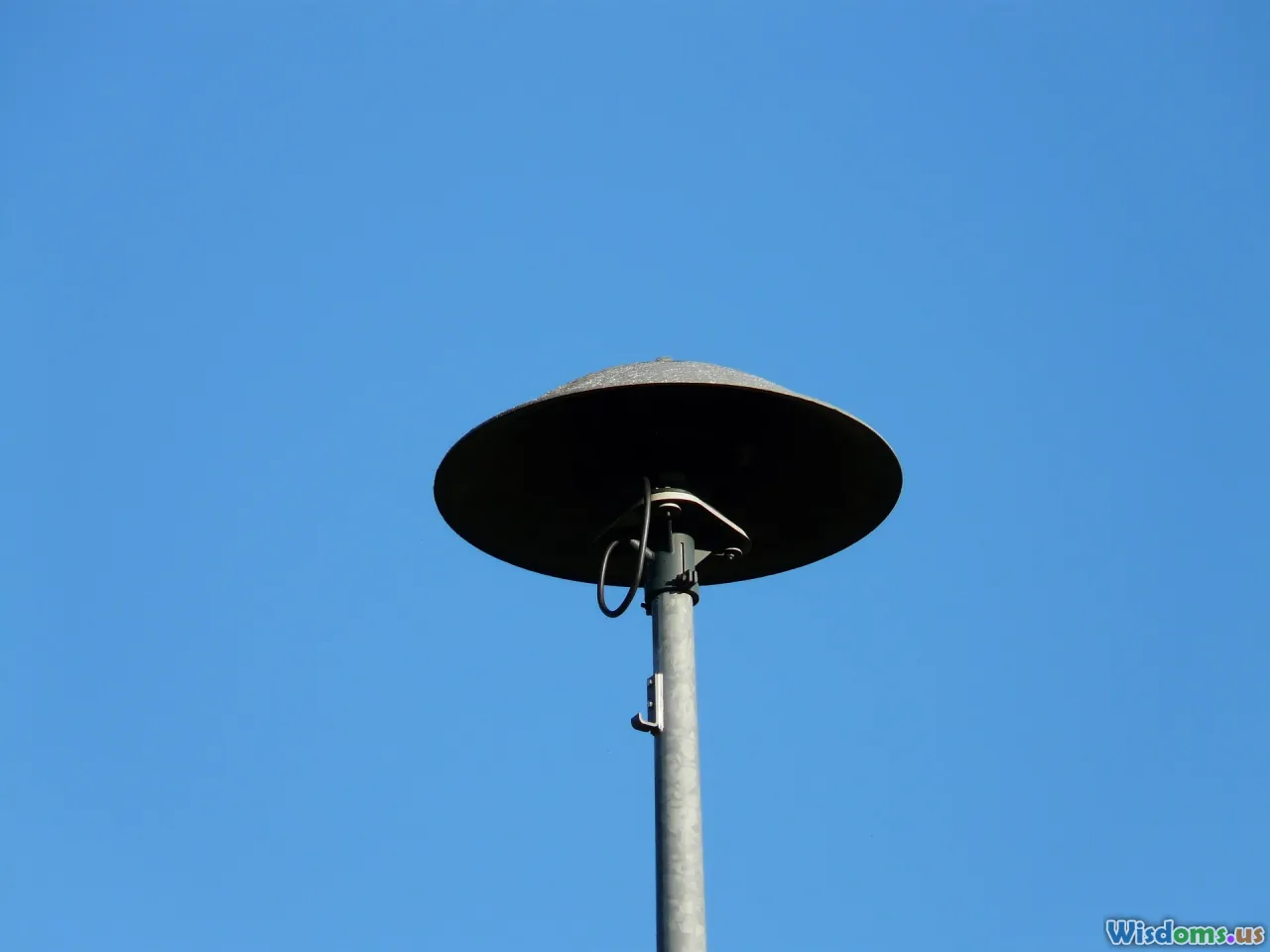
Another common pitfall: misunderstanding the multitude of official flood warnings and notifications. Authorities issue evacuation advisories using terms like "voluntary," "mandatory," or "recommended," sometimes triggering confusion. Some families ignore voluntary evacuations, hoping conditions will improve. In reality, a voluntary order is usually given during the early stage—giving you the biggest head-start to get out safely.
Take the 2011 Thailand floods: thousands underestimated voluntary orders and found themselves trapped by rapidly-rising waters when mandatory evacuations were declared later. Safety comes from recognizing that local officials are often balancing the psychological toll of evacuation with the unpredictable speed of flooding. When in doubt, err on the side of leaving early.
Incomplete or Unrealistic Personal Evacuation Plans
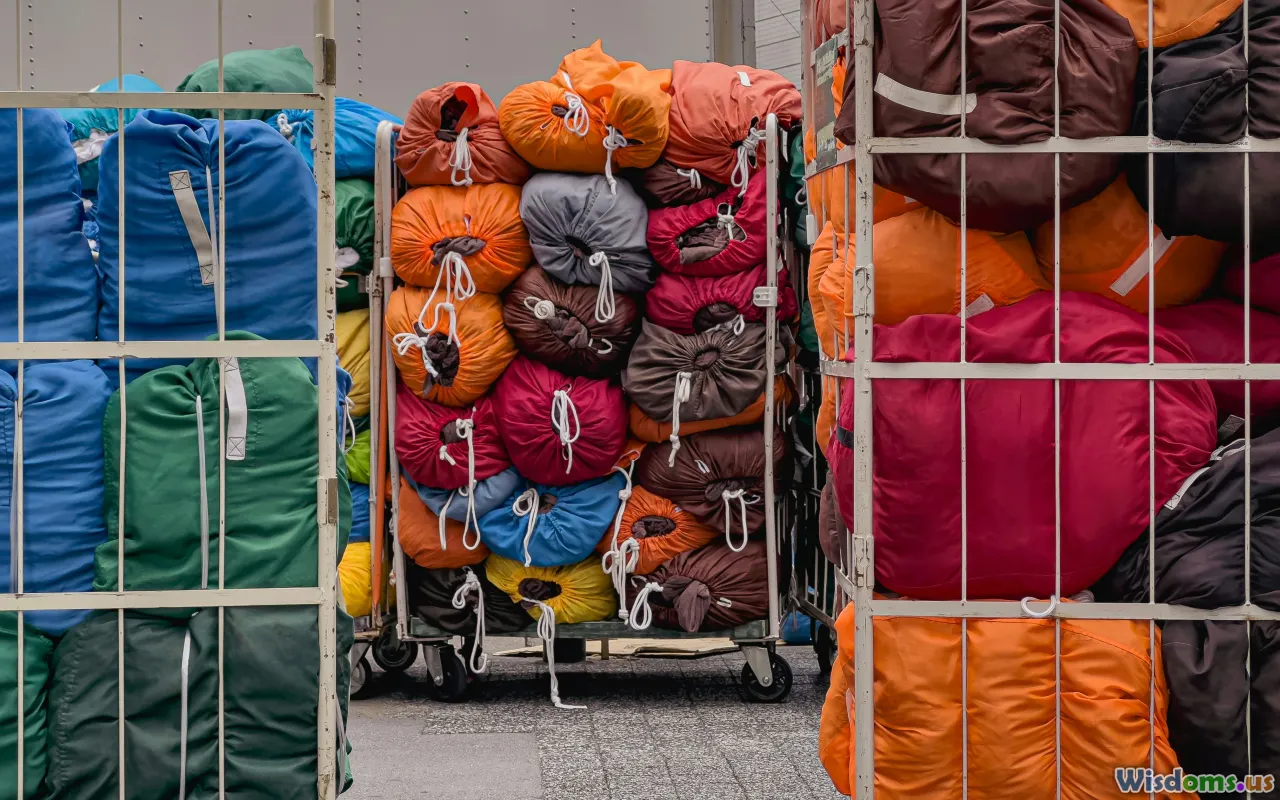
Too many households create a plan on paper—sometimes just an emergency bag by the front door—but fail to account for practical realities. For instance, does your plan consider the possibility of blocked roads? Floods rarely cover an entire city instantly; rather, streets become impassable one by one. During the 2022 Australian floods, real-time reports showed major routes gridlocked or under water, trapping evacuees who left even moments too late.
A robust plan must include:
- More than one evacuation route.
- Knowledge of shelter locations and alternatives (including pet policies).
- Pre-packed essentials beyond just food and water (think: important documents, medicine, chargers, local maps).
- Up-to-date contacts for family, friends, and emergency services.
Assuming Government Shelters or Aid Will Always Be Available

Desperate scenes from disasters such as Hurricane Katrina in 2005 or the 2021 European floods highlight the fallacy of assuming every evacuee will seamlessly find shelter, food, and medical attention. It's a difficult truth: official shelters sometimes reach capacity, run out of supplies, or even fail to open if staff are themselves displaced or overwhelmed.
For example, during the flooding in Zhengzhou, China in 2021, localized inundation cut off roads to designated shelters, forcing residents to improvise in shopping malls or office high-rises. Contingency means personally identifying alternate places to stay—be it with relatives, friends, or even pre-booked hotels outside flood-prone areas. Make sure each household member knows these alternatives and how to reach them.
Ignoring Communication Challenges in Real-Life Flood Emergencies

Many disaster plans hinge on the assumption that mobile networks or Wi-Fi will function uninterruptedly. Yet during major floods, power outages, network overloads, or even deliberate shutdowns often occur. This means text messages and phone calls might not go through right when coordination is most needed.
During the Iowa floods of 2008, hundreds of people found themselves isolated, unable to update loved ones or receive official instructions. Proactive steps include ensuring everyone in the household knows several key phone numbers by heart, investing in portable power banks, hand-crank radios, or even simple two-way radios to stay in touch or tune in to emergency broadcasts. Apps like Zello, which turns smartphones into walkie-talkies, pre-loaded and configured beforehand, become lifelines if cellular data networks remain up.
Failing to Consider Vulnerable Populations and Special Needs
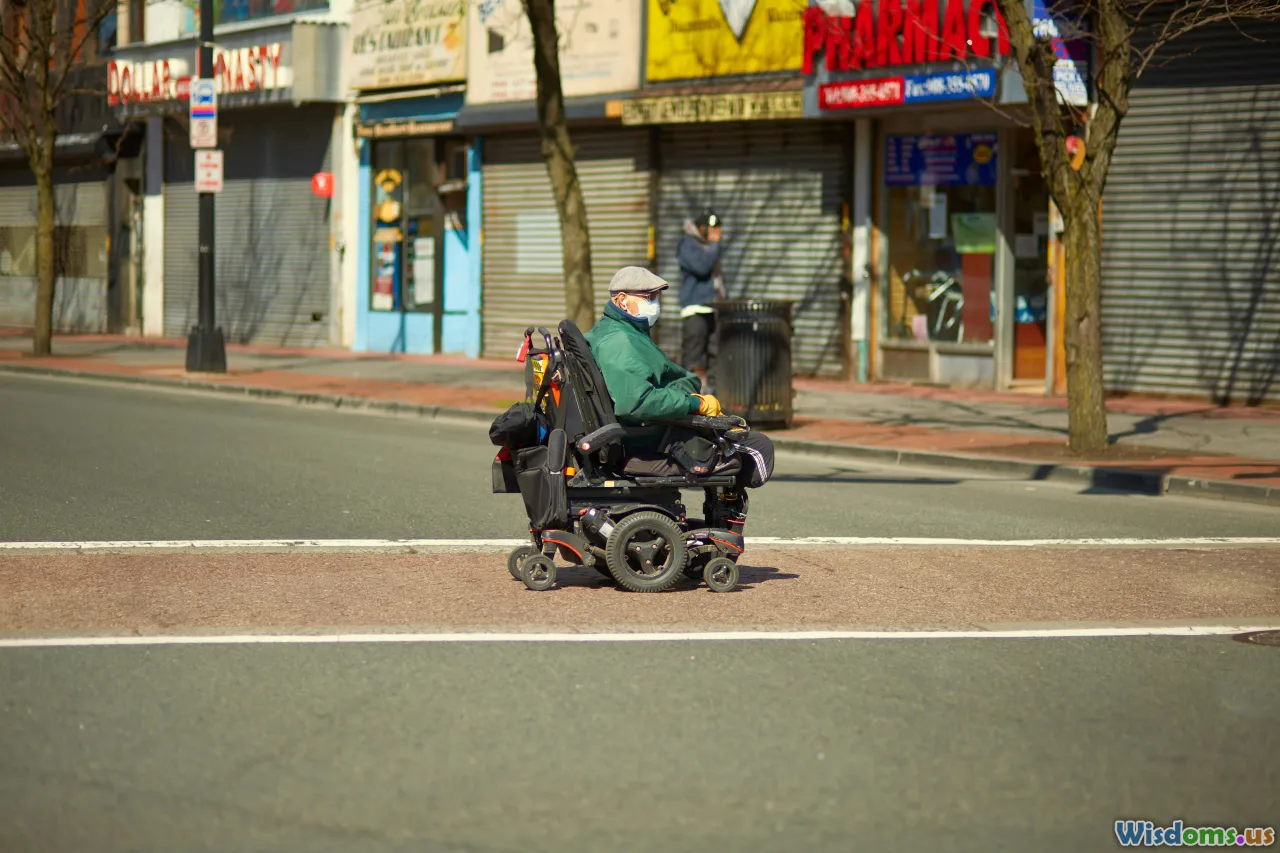
A family might have a well-crafted evacuation plan—yet overlook the individual requirements of elderly relatives, those with disabilities, or young children. Sometimes, pet owners discover too late that their nearest shelter refuses animals, or lacks facilities for service dogs. This isn't just inconvenient; in past floods, such as the 2014 Balkan floods, individuals with mobility challenges were among the last to evacuate or became stranded, simply because their unique needs weren't pre-integrated into local emergency guidelines.
Actionable steps:
- Register members with special needs with local emergency management offices if available.
- Stock mobility aids, extra medication, or dietary-specific food in the emergency supply kit.
- Pre-arrange transport or assistance through local community groups or neighbors.
Overlooking Flood Timing—Day Versus Night Scenarios

Most people imagine evacuating in daylight, but floods often peak overnight due to upstream rainfall accumulation or dam releases. When Hurricane Florence struck in 2018, many North Carolina neighborhoods received evacuation notices well after midnight. Those caught unprepared faced pitch-dark streets, obscured by rushing water and floating debris—a truly perilous situation.
Strategize accordingly by:
- Keeping headlamps, flashlights, spare batteries, and glow-sticks ready.
- Practicing leaving home at night as a family drill.
- Pre-marking safe routes that are navigable in the dark and checking for hazards outside entrances—steps or pathways may become submerged and hard to see.
Underestimating Emotional Stress and Group Dynamics

In theory, a flood evacuation plan seems straightforward. In practice, decision-making is complicated by fear, panic, and disagreement—especially if children or multiple adults with varying risk-thresholds are present. Research following the UK floods of 2014 showed nearly 30% of evacuees delayed departure due to disagreement within the household. Kids, teens, and even pets can react unpredictably under stress.
Mitigate this by:
- Rehearsing scenarios together, assigning roles based on age and capability.
- Having at least two family members fully briefed on the plan and possible sudden changes.
- Emphasizing that delays—in the face of clear warnings—must be avoided, even if it means leaving possessions behind.
Assuming Insurance and Recovery Support Will Handle the Aftermath

It's tempting to think, "If I lose everything, insurance will cover it" or that emergency relief funds will smooth the road back to normal. But flood insurance is famously complex—and not automatically bundled with standard homeowner policies in regions such as the US, UK, and Australia. After the St. Louis floods in July 2022, claims backlogs and disputes kept families out of homes for months.
Be proactive:
- Study your policy or consult an agent well before disaster.
- Document valuables and back-up important records to cloud or portable drives.
- Take post-flood photos and videos for claims—assuming you can return safely.
The Power of Community and Test Drills
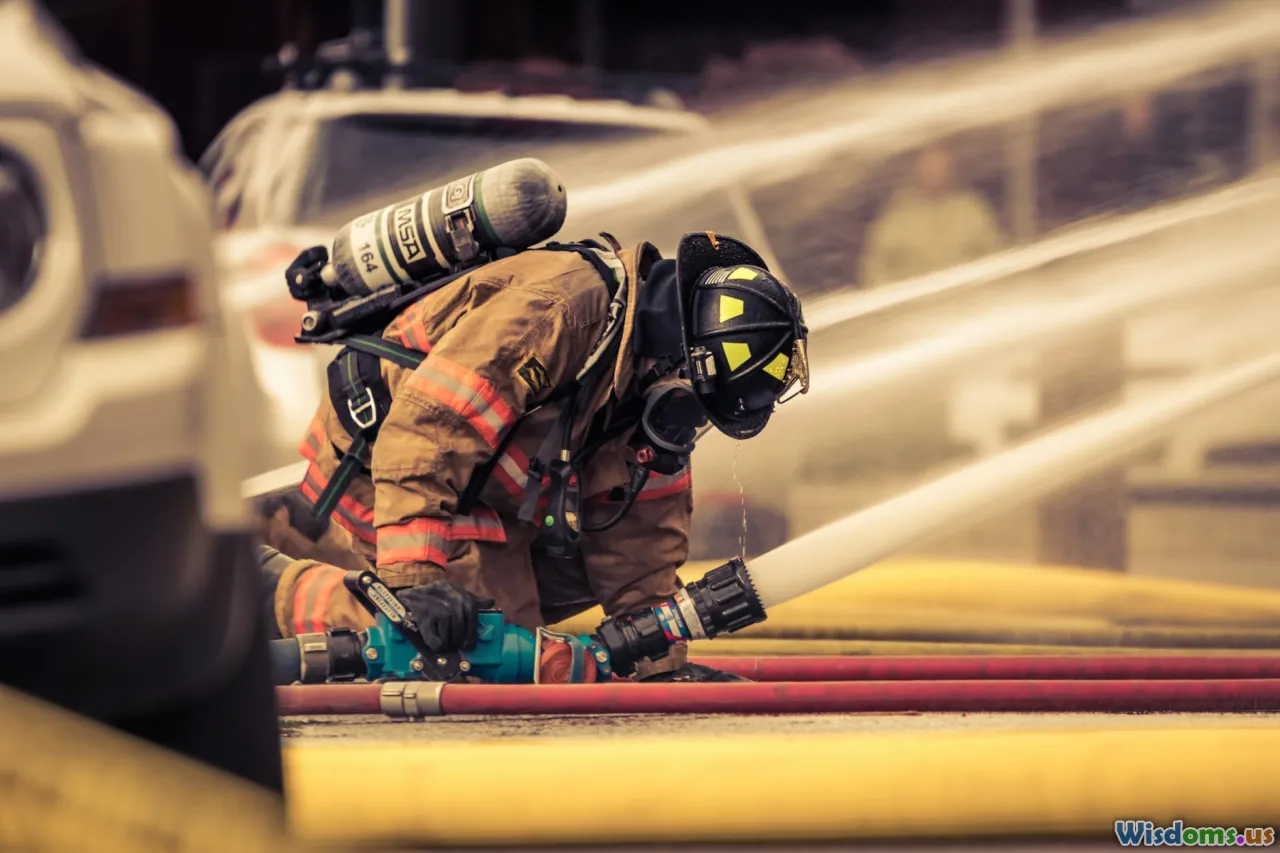
One overlooked truth: neighborhoods where residents know and support each other fare far better during disasters. For example, in the aftermath of the repeated flooding events in Venice, local community groups organized real-world evacuation drills, leading to faster and safer departures. Digital tools, like WhatsApp neighborhood groups or local alerting systems, multiplied the benefit.
Advice for building flood resilience:
- Connect with neighbors to pool resources and share critical information.
- Join or organize a local disaster preparedness group.
- Participate in or request local evacuation drills.
Flood evacuation planning is far more nuanced than most people realize. The best way to withstand a flood isn’t about any one plan on paper—it’s about ongoing adaptation, challenging assumptions, and being ready for the unexpected. The communities and families who thrive are those who blend preparation with realism and, above all, the agility to act early and decisively when warnings sound. Don’t wait for rain to start before you rethink your family’s—and your neighborhood’s—flood readiness.
Rate the Post
User Reviews
Popular Posts











